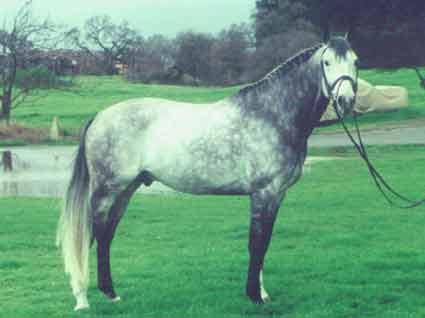Swedish Warmblood
N/A
Mon, 25th November, 2024 - 9:46 am GMT
Sponsor Ads:

Alternative Name
N/ABasic Info
The original Scandinavian horse is said to be small, 12 to 14 hands, Colours : All solid colours. Identifying Features : Small neat head, straight neck, compact body, straight back, rounded quarters, strong legs, short cannons.
Health
N/AHabitat
N/ABehavior
Use : Competition, riding. Today, it is a excellent competitor at dressage, jumping and eventing. high spirited and having good endurance. Elegance, combined with excellent gaits and a positive attitude, jumping ability and capacity to absorb training make the Swedish Warmblood (SWB) well suited for international equestrian sports, and dressage in particular. Swedish horses have been medalists in virtually every Olympiad since 1912, most often in dressage, but also in combined training. In the 1988 Seoul Games, 13 Swedish Warmbloods participated in dressage and 6 won medals. In the 1960 Rome Olympiad, the stallion Drabant had six sons participating. The versatility of the SWB horse was proven by Thomas Eriksson when he captured the individual gold medal in four-in-hand combined driving at the World Equestrian Games in 1990.Origin
SwedenHistory
First bred in the 17th century as a cavalry horse. The history of the Swedish horse closely follows that of humans in the region. Archeological evidence has been found for the existence of horses in what is now Sweden dating to 4,000 B.C.Common Foods
grassSponsor Ads:
In the twinkling of an eye. The Merchant of Venice The Merchant of Venice, Act ii. scene. 2, William Shakespeare
Swedish Warmblood
Coded by: BGID® | ALL RIGHTS RESERVED Copyright © 2000-2024
Disclaimer | Privacy | Report Errors / Contact | Credits
















